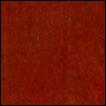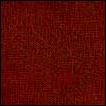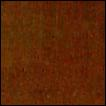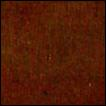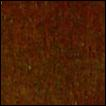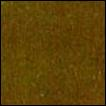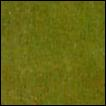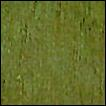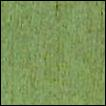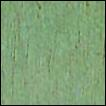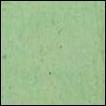Copper Alloys Finishes – Natural Weathering
 |
Application Data Sheet – Copper Alloys |
Finishes – Natural Weathering |
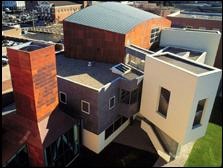
The natural weathering of copper to the characteristic blue-green or gray-green patina is a direct consequence of the mild corrosive attack of airborne sulphur compounds.
As natural weathering proceeds, the metal exposed to the atmosphere changes in hue from the natural salmon pink colour through a series of russet brown shades to light and dark chocolate browns and finally to the ultimate blue-green or gray-green patina.
During the initial weeks of exposure, particularly in a humid atmosphere or in areas of frequent rainfall, radical colour changes often take place with iridescent pinks, oranges and reds interspersed with brassy yellows, blues, greens and purples. During continued exposure, these interference colours fade and are replaced by relatively uniform russet brown shades, referred to as statuary or oxidized finishes.
Due to varying fabricating procedures, some mills may coat coiled or flat sheet stock with a thin coat of anti-stain oil film. This film may give rise to dark purple or black surface colourations soon after installation and exposure. This temporary colour phase is caused by the thin oil film, which is quickly washed off by rain, allowing the natural weathering of copper to proceed. In industrial and seacoast atmospheres, the natural patina generally forms in from five to seven years. In rural atmospheres, where the quantity of air-born sulphur dioxide is relatively low, patina formation may not reach a dominant stage for 10 to 14 years. In arid environments, the basic sulphate patina may never form, due to the lack of sufficient moisture. Similarly, exposed horizontal surfaces develop the patina more rapidly than sloping surfaces which, in turn patinate more rapidly than vertical surfaces. The critical variable, in all instances, is the dwell time of moisture on the exposed surfaces. The progressive oxide, sulphide and sulphate films which develop on copper exposed to the atmosphere are quite thin – 0.05 to 0.08 millimetres – and highly adherent, but with relatively low abrasion resistance. Neither the oxide nor sulphide films are particularly corrosion resistant. The sulphate patina, on the other hand, is highly resistant to all forms of atmospheric corrosion, once it has formed completely. It thus significantly increases the durability and, hence the service life of copper roofing and flashing. The natural weathering cycle of copper is illustrated by the 12 sequential colour plates in the Weathering Chart on the next page. Although the plates represent a typical sequence, the weathering of any installation will depend on local environmental factors, orientation and amount of residual lubricants. The weathering of copper will reach a final equilibrium with its local environment. This state of equilibrium is very stable and no further weathering will occur after this state is reached. However, the final equilibrium colour will vary depending on orientation, slope, and local weather conditions. Copper Weathering Chart
|


